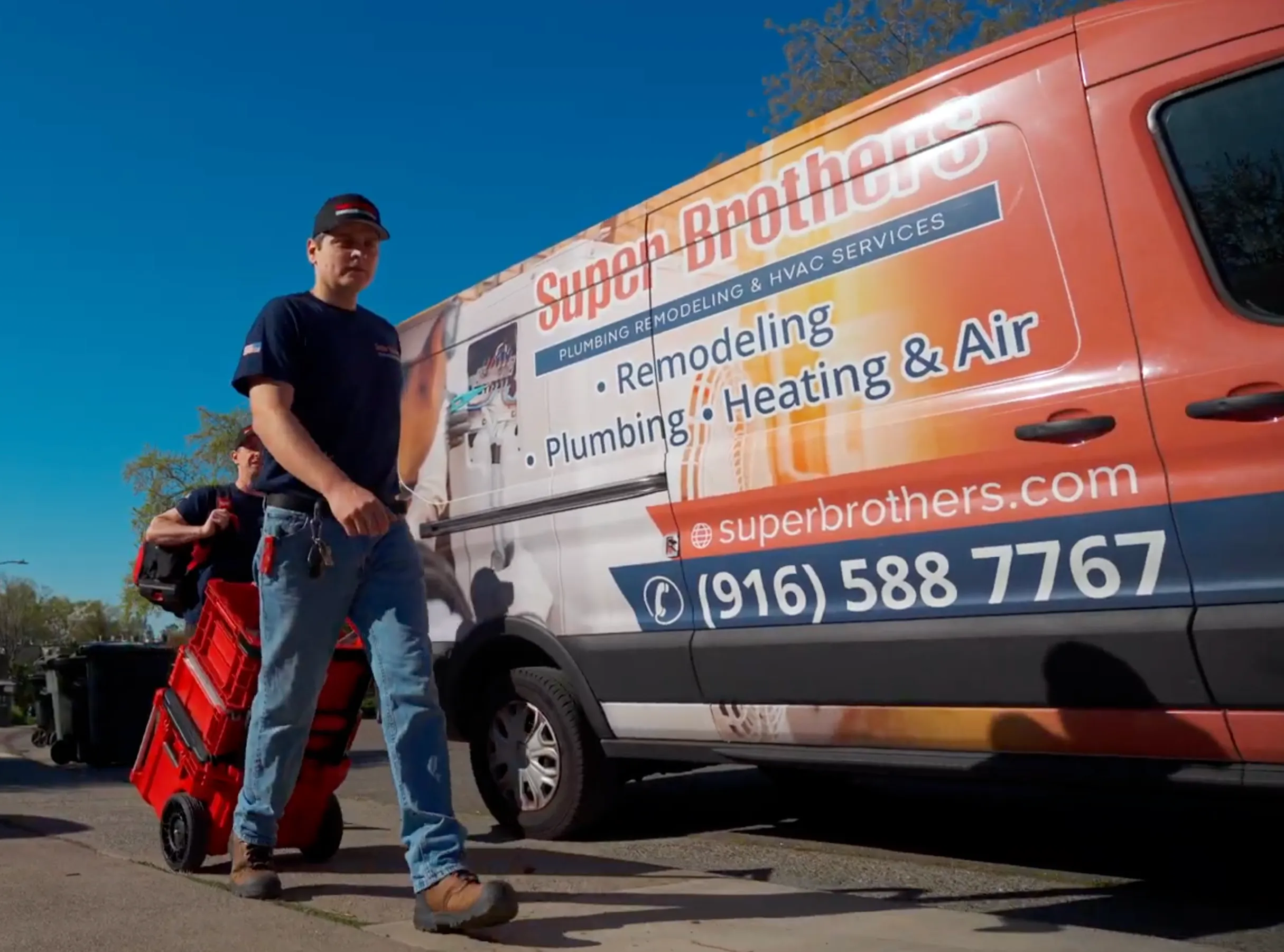Dealing with a clogged toilet can be frustrating, but it’s a common household problem. Whether you’re experiencing a minor blockage or a more stubborn issue, there are several effective ways to handle the situation before calling a plumber. In this guide, we’ll walk you through the best way to unclog a toilet, and explore the tools and techniques you can use to get the job done.
Why Do Toilets Clog?
Understanding the root cause of a clogged toilet is the first step to preventing future blockages. Here are some common reasons why toilets clog:
- Flushing non-flushable items: Wet wipes, paper towels, feminine products, and even excessive toilet paper can create blockages.
- Low-flow toilets: Older models may lack the pressure to flush everything properly.
- Hard water deposits: Mineral buildup in pipes can restrict water flow.
- Obstructions in the drain line: Items like toys, hair, or foreign objects can block the pipes.
If you’re asking, “how to unclog a toilet?”, the method you choose will depend on the severity and cause of the clog.
10 Best Ways to Unclog a Toilet
1. Use a Plunger
When it comes to how to unclog a toilet, the plunger is a household staple. Here’s how to use it effectively:
- Choose the right plunger: A flange plunger works best because it creates a tight seal in the toilet bowl.
- Position it correctly: Place the plunger over the drain hole, ensuring a good seal.
- Push and pull vigorously: Perform several strong thrusts while keeping the plunger submerged in water. This creates pressure to dislodge the blockage.
A plunger is one of the quickest solutions for unclogging a toilet, and it works for most cases.
2. Hot Water and Dish Soap
This simple method works well for minor clogs:
- Add a few drops of liquid dish soap into the toilet bowl.
- Heat a bucket of water (not boiling) and pour it from waist height.
- Let it sit for 15–20 minutes to allow the soap to lubricate the clog.
This approach is ideal for softer clogs and can be a quick fix for unclogging a toilet.
3. Baking Soda and Vinegar
If you’re looking for an eco-friendly solution for how to unplug a toilet, try this combination:
- Pour 1 cup of baking soda into the toilet.
- Add 2 cups of vinegar slowly to avoid overflow.
- Allow the mixture to fizz for about 30 minutes.
- Follow up with hot water and attempt to flush.
This method is great for dissolving organic material causing the blockage.
4. Toilet Auger (Plumber’s Snake)
For more severe blockages, a toilet auger is a reliable tool:
- Insert the flexible auger into the toilet drain.
- Rotate the handle to push the cable through the blockage.
- Pull the auger back while continuing to rotate to extract the debris.
A toilet auger can reach deeper clogs that a plunger or soap solution cannot.
5. Wet/Dry Vacuum
A wet/dry vacuum can be a powerful tool for unclogging a toilet:
- Remove excess water from the toilet bowl using the vacuum.
- Create a tight seal between the vacuum hose and the toilet drain (use a rag if necessary).
- Turn on the vacuum to suction out the clog.
This method is particularly effective for solid objects stuck in the pipes.
6. Use Enzyme-Based Drain Cleaners
For a clogged toilet remedy that’s safe for your plumbing, consider enzyme-based cleaners. These products use natural enzymes to break down waste and are ideal for organic clogs. Follow the manufacturer’s instructions for the best results.
7. Create a DIY Toilet Bomb
If you’re still wondering, “what can you use to unclog a toilet?”, make your own toilet bomb:
- Mix baking soda, citric acid, and essential oil drops in a bowl.
- Form small balls and let them dry.
- Drop one into the toilet bowl and add hot water.
This combination creates fizzing action to help break apart clogs.
8. Plastic Bottle Technique
For a unique way to tackle clogs, try this method:
- Fill a plastic bottle with warm water.
- Seal the cap tightly and wrap the bottle with a towel.
- Place the bottle’s opening against the toilet drain and squeeze firmly.
The force from the bottle can help push the clog through.
9. Chemical Drain Cleaners
If you’re dealing with a stubborn clog, a commercial drain cleaner might be the solution. Use these with caution, as they contain harsh chemicals that can damage pipes if used excessively.
10. Prevent Future Clogs
Prevention is key to avoiding repeated issues. Here’s how to keep your toilet clog-free:
- Flush only appropriate items: Stick to toilet paper and human waste.
- Regular maintenance: Use enzyme cleaners monthly to prevent buildup.
- Educate household members: Make sure everyone knows what should and shouldn’t go down the toilet.
Signs You Might Need Professional Help
While most clogs can be handled at home, there are times when you should call a professional plumber:
- Recurring clogs: Persistent blockages may indicate a larger problem in your sewer line.
- Water backup: If water backs up into sinks or tubs when flushing, it could be a sign of a mainline blockage.
- Foul odors: Bad smells from the drain might suggest a serious issue with your plumbing system.
If you’re unable to resolve the problem, Super Brothers Plumbing is here to help. Our team specializes in unclogging toilets and addressing all types of plumbing concerns.
Final Thoughts
Unclogging a toilet doesn’t have to be a daunting task. By understanding what to use to unclog a toilet and following these tried-and-true methods, you can handle most issues on your own. For persistent problems, don’t hesitate to reach out to Super Brothers Plumbing. We’re here to provide fast, reliable solutions to keep your home running smoothly!


